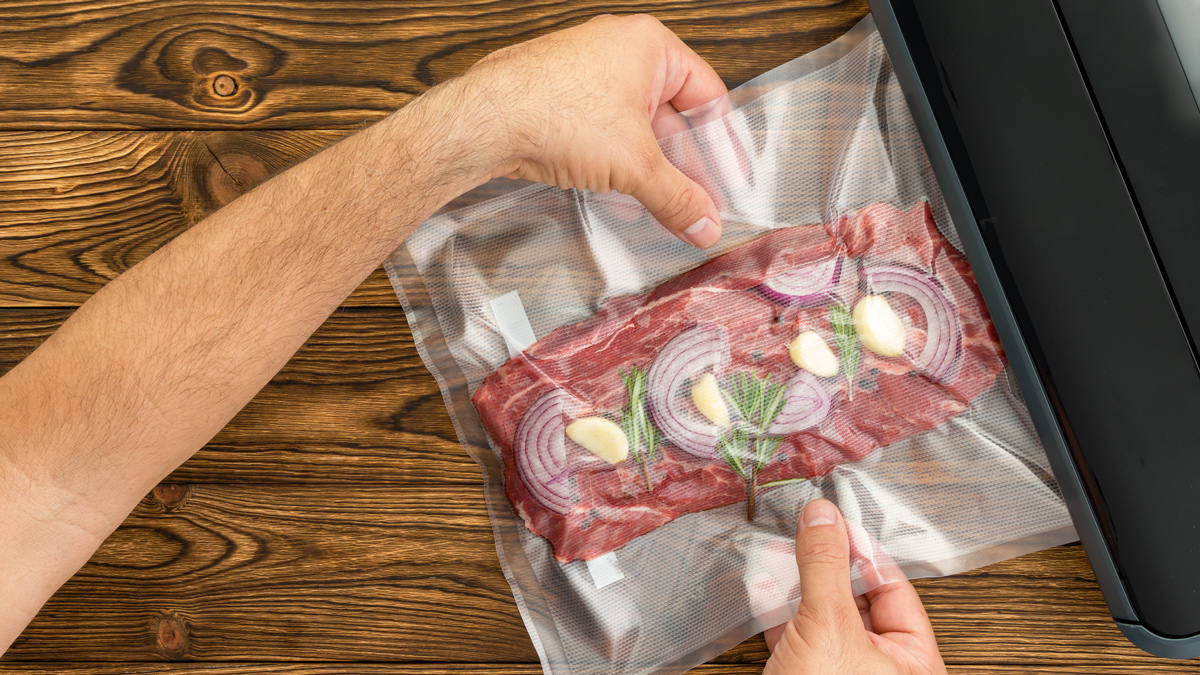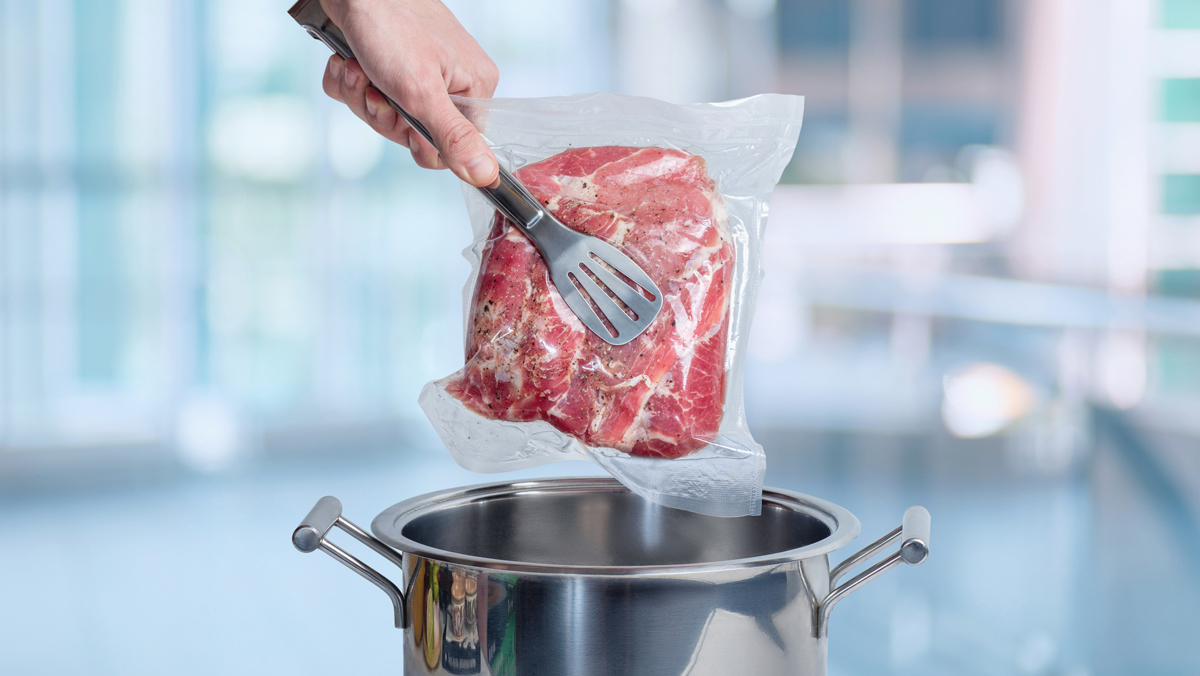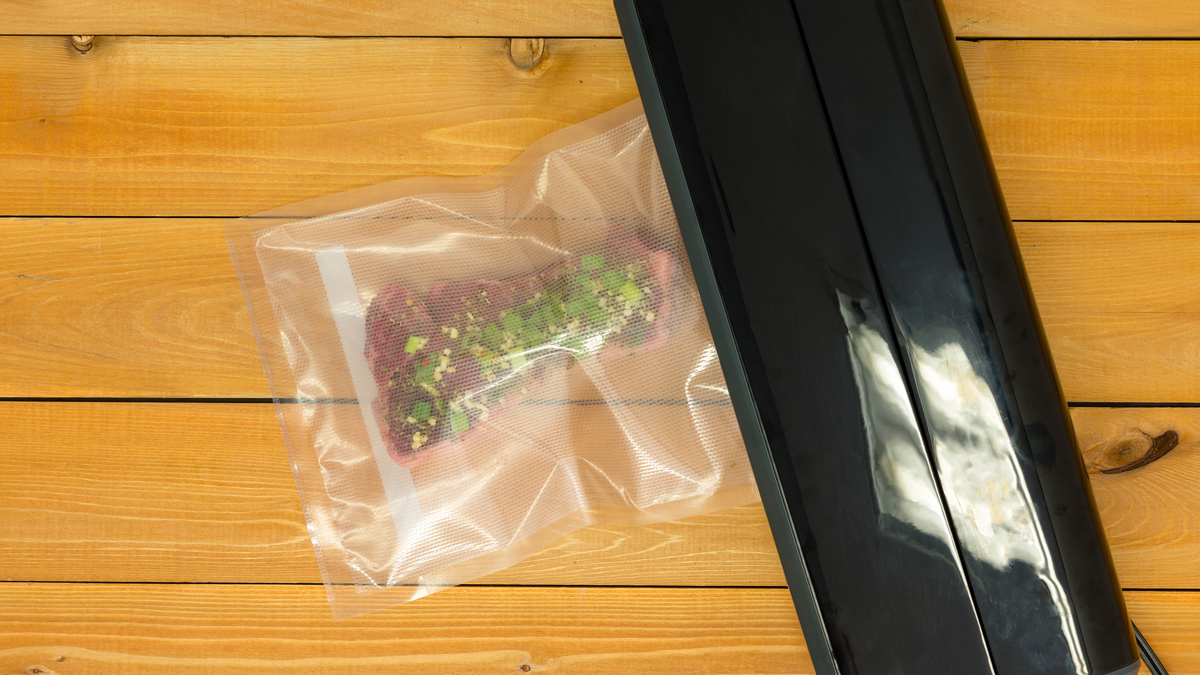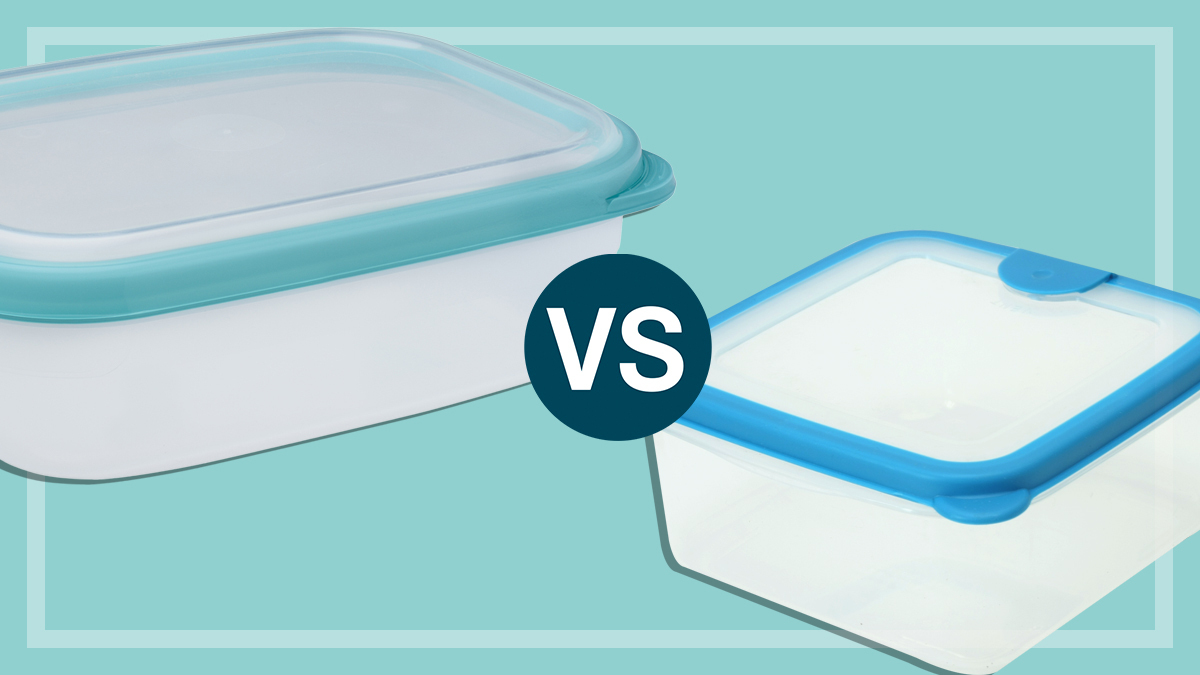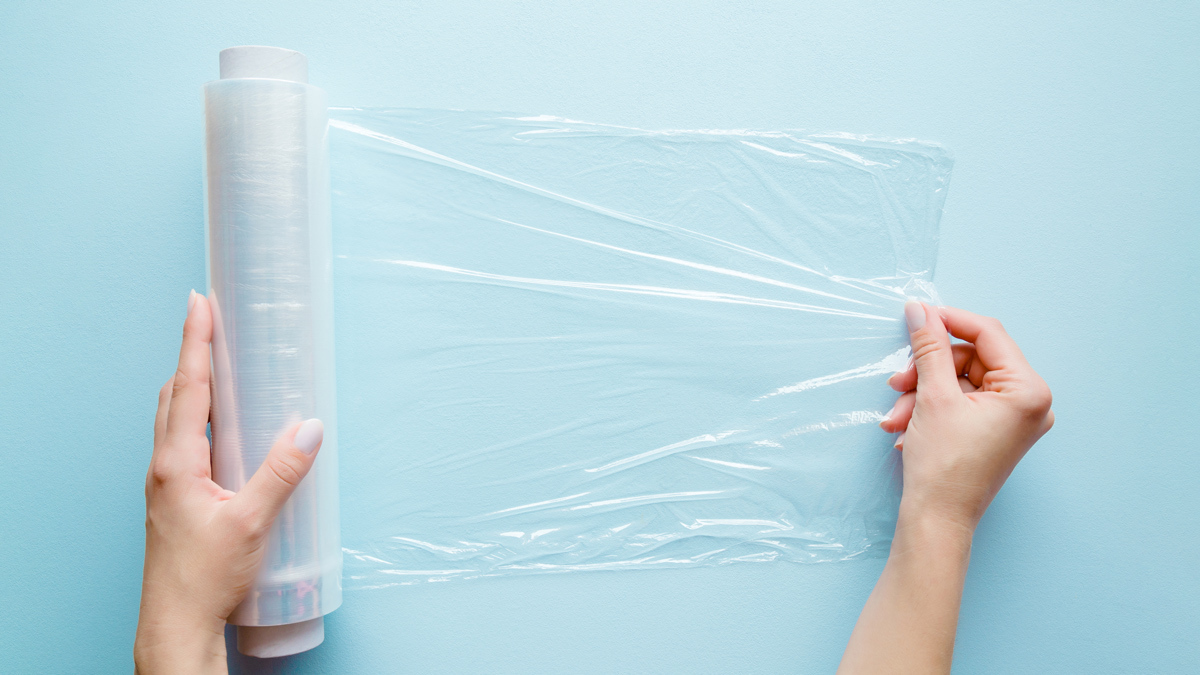Get our independent lab tests, expert reviews and honest advice.
Aldi is selling vacuum sealers, but should you buy one?

Touted as a way to extend the life of your food, vacuum sealers have a small but dedicated following among home cooks who use them for everything from portioning bulk meals to marinating meat and sous vide cooking.
But do you really need to buy an appliance to do all this? Our experts say no. And they don’t recommend a single one of the vacuum sealers they tested.
Aldi is selling a vacuum food sealer for $39.99 as part of its Special Buys on Wednesday 11 October. Should you line up to buy it? Based on our test results, we think not – unless you have some quite specific needs in your kitchen. (We’ll explain below.)
Here’s why vacuum sealers aren’t all they’re cracked up to be.
1. They don’t actually make your food last longer
Stale Cheezels are the worst. So say a small prayer for our experts, who munched through multiple packets to find which storage solution solves this sad snack problem. (For science, of course.)
You’d think that sucking the air out of the pack would stop the staleness, right? Err, no.
But an elastic band did. Yep. Not a single vacuum sealer could beat this old-school method – the lo-fi elastic band was as good as, or even better than, every single model we tested.
The elastic band method kept the Cheezels crisp and tasting Cheezel-y, while some of the vac-packed samples became soft and chewy, and even had a strange plastic aftertaste.
The lo-fi elastic band was as good as, or even better than, every single model we tested
So why would you pay for an appliance when you could use something you probably already have at home? Answer: you probably shouldn’t.
Vacuum sealers won’t miraculously extend use-by dates either, so don’t count on them to help you squeeze a few extra days out of that fancy cheese you got at half price because it was approaching the cut-off.
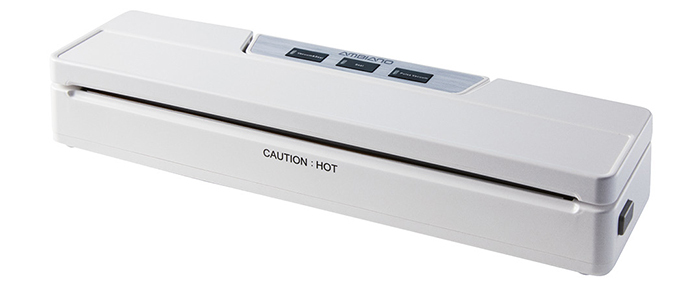
2. You can’t rely on them to stop your meat going off
If you’re expecting to keep your meat fresher by vac-packing it, we have some bad news for you: it won’t make a difference.
We stored fresh chicken in the fridge using different vacuum sealers, the original pack, and a ziplock bag. And guess what? None of them lasted the distance. Some vac-packed portions were marginally better, but still weren’t okay to eat.
(They did work well for frozen chicken, though, so there’s that. But do you really need to buy a whole appliance just for one job?)
Vacuum sealers aren’t the answer to prolonging the life of fresh meat, and it’s just not worth risking it with raw meat – especially poultry
Martha Psiroukis, CHOICE kitchen expert
“Vacuum sealers aren’t the answer to prolonging the life of fresh meat, and it’s just not worth risking it with raw meat – especially poultry,” says CHOICE kitchen expert Martha Psiroukis.
“Learning how to store your meat and fresh produce correctly is a much better way to get the most out of it.
“Meat and fish should be stored in the chiller compartment at 0°C or just below. Keep it tightly wrapped or in a sealed container. If you don’t have a chiller, pop it in the coldest part of your fridge.”
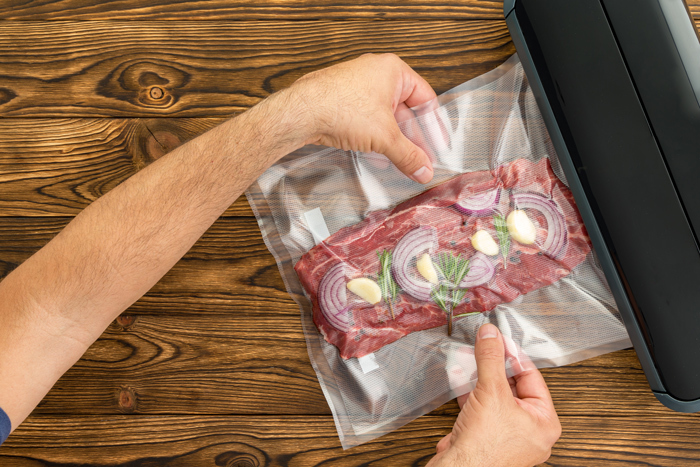
3. Some bugs love the air-free environment that vacuum sealers create
There’s another, nastier side to vacuum-sealed food safety: anaerobic bacteria.
Even though vac sealers remove oxygen, which some bacteria do need to grow, there are still some really nasty bacteria that love that lack of air. They only grow in oxygen-free environments, so vacuum-sealed food is the perfect playground for them.
What’s worse, even if anaerobic bacteria does its thing on your meat, you probably won’t know about it. It doesn’t make the meat slimy or smelly like other bacteria, so it’s pretty much undetectable.
Another reason not to vacuum seal your chicken lovely legs.
4. They don’t last long
Seals and heating strips are the Achilles heels of vacuum sealers – these are the bits that tend to die first. (And they’re obviously the most important part of the machine, which is a bit of a downer.)
If liquid gets inside the vacuum sealer, which happens a lot if you’re vac-packing marinated meats, stews and the like, then it’ll overheat and damage the machine.
If you can’t get hold of spare parts, then that’s it – a perfectly functional machine is rendered useless
Some vacuum sealers even come with an extra sealing gasket or heating strip when you buy them, which is a pretty clear indication that the product might not last the distance.
If you can’t get hold of spare parts, then that’s it – a perfectly functional machine rendered is useless due to a couple of cheap components.
When you factor in all the plastic associated with vacuum sealing as well, they’re not very enviro-friendly machines.
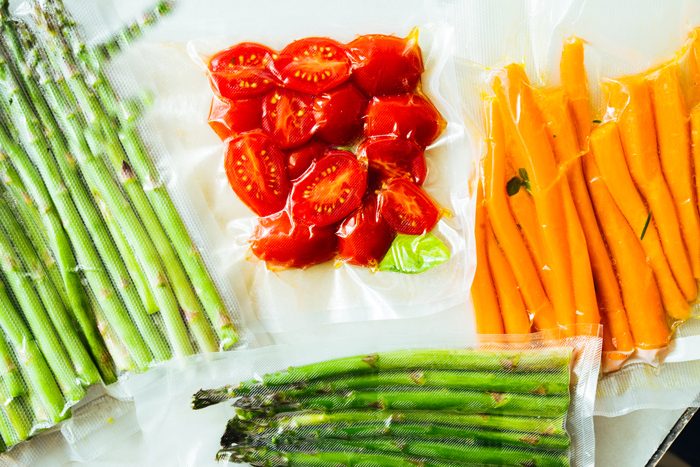
So why would you buy a vacuum sealer?
If you’re a freezer fiend, a vacuum sealer can be a good tool. They minimise freezer burn and they’re handy for portioning meals to freeze. And if you’re keen on sous vide – a cooking technique where vacuum-sealed meals are immersed in hot water – you can use a vacuum sealer to parcel up the raw ingredients.
But they’re far from being a kitchen must-have, and our experts were so unimpressed with the models they tested that they don’t recommend a single one.
Even the expensive ones didn’t do well, with two commercial models costing $400 and $1600 among the lowest-scoring in our test.
Our experts’ verdict? “What you usually use at home is more than good enough,” Martha says.
How to seal foods air-free without a vacuum sealer
Alternatives to using a vacuum sealer
Turns out you don’t actually need a vacuum sealer to vacuum-seal your foods. Just grab a ziplock bag and a bowl of water and you’re sorted!
As you’ll see in our video above, it won’t take quite as much air out of the bag as a vacuum sealer would, but it’s a whole lot cheaper than buying a new appliance.
“There are plenty of other alternatives to using a vacuum sealer in the kitchen,” says Martha.
“Store fruit and veg in a glass container lined with a paper towel, freeze foods in reusable containers, use sealing clips on open packets, and portion meat using freezer bags.
“But the most important thing is to store food in the right part of your fridge or freezer at the right temperature – vacuum-sealed or not, any food will spoil if it’s not stored correctly. Temperature is the key, not air or lack thereof.”

